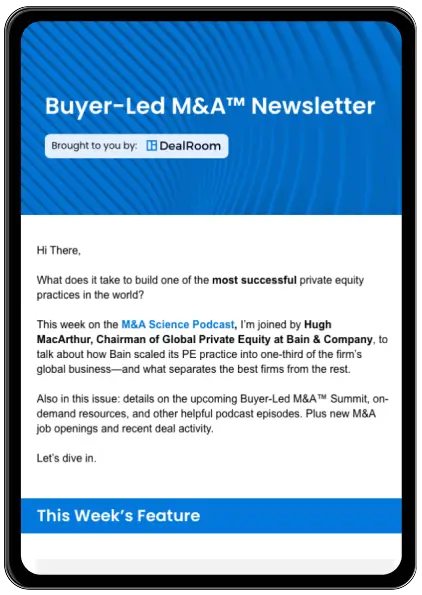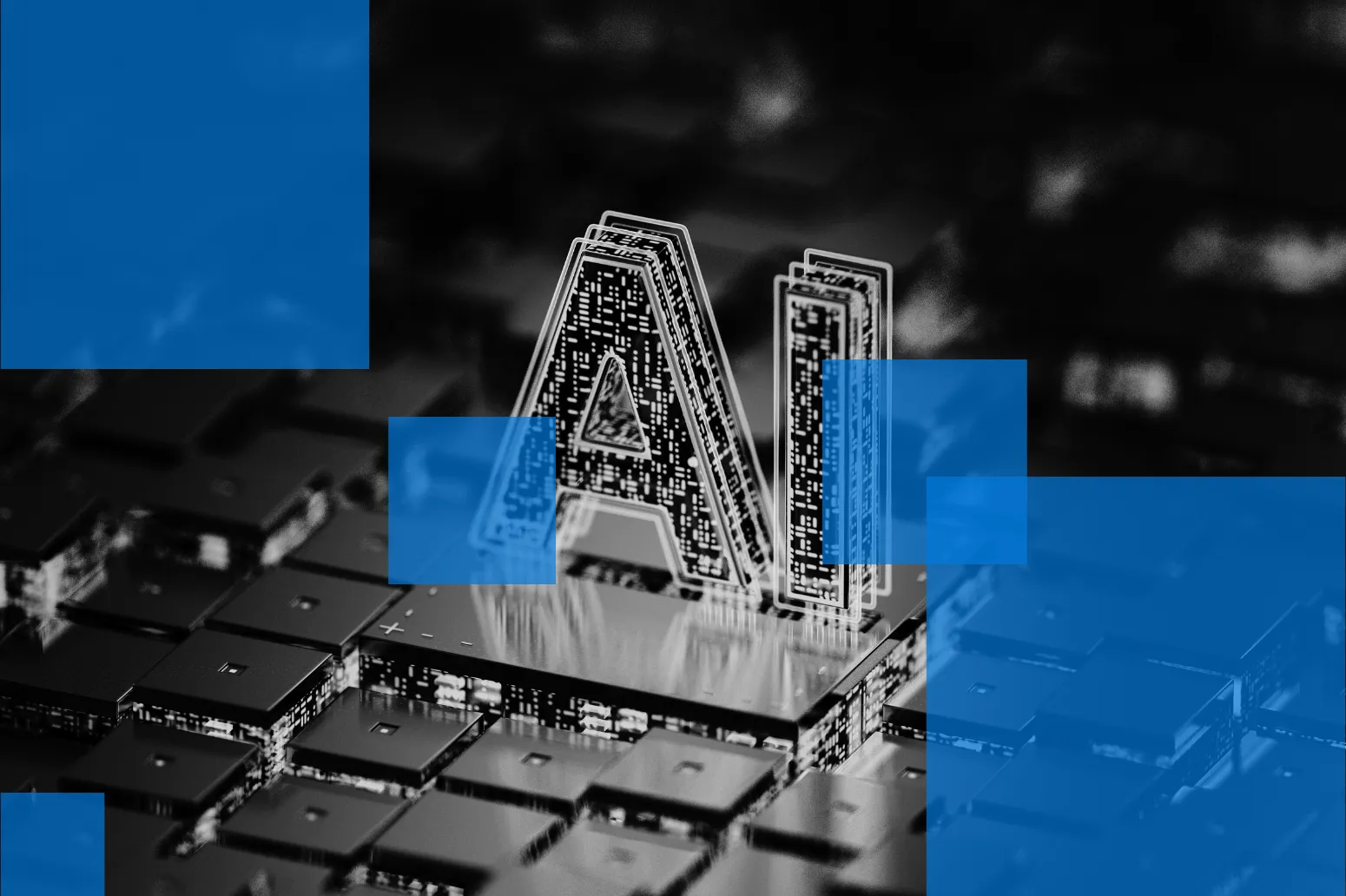Blog
M&A Blog by Dealroom – exclusive insights and expertise on the Mergers & Acquisitions market, along with practical ideas for successful M&A
Featured
.webp)
DealRoom 2025: A Year of Acceleration, Innovation, and Buyer-Led Momentum
Discover how DealRoom accelerated growth in 2025 through product innovation, global customer expansion, and the rise of the Buyer-Led M&A™ movement. Explore key milestones, leadership updates, and how the platform is redefining modern M&A heading into 2026.


The Buyer-Led M&A™ Newsletter by DealRoom
A no-nonsense take on what drives real value in modern M&A


See DealRoom in Action
Discover why DealRoom is the best merges and acqusitions software for Corporate Development teams managing multiple deals. Simplify your M&A lifecycle, boost efficiency, and reduce friction — all in one platform.




.webp)

.webp)







.webp)
.webp)

.webp)

.webp)
.webp)
.webp)
.webp)

.webp)

.webp)
.webp)
.webp)
.webp)
.webp)
.webp)

.webp)
.webp)
.webp)
.webp)
.webp)
.webp)
.webp)

.webp)

.webp)










.png)
.png)
.png)
.svg)

.svg)
.png)
